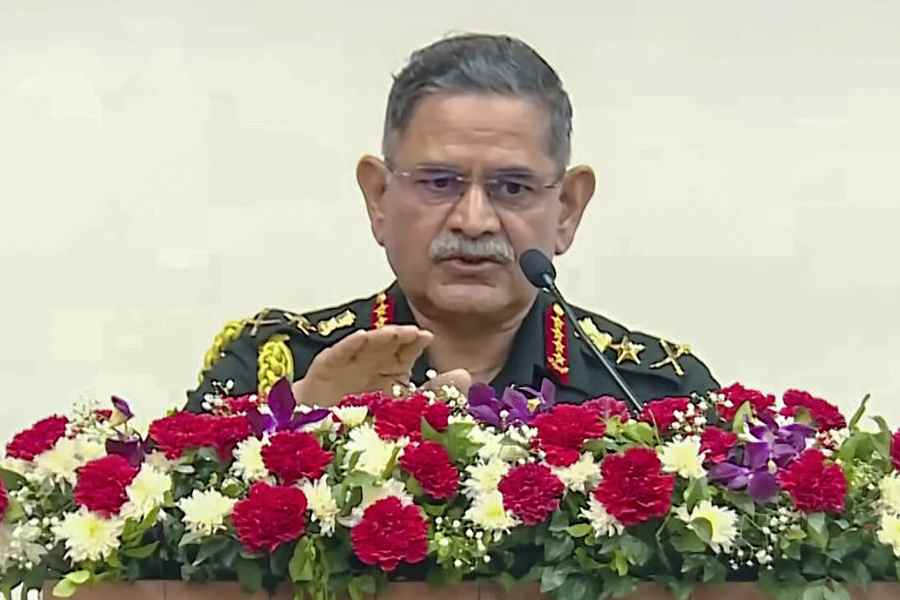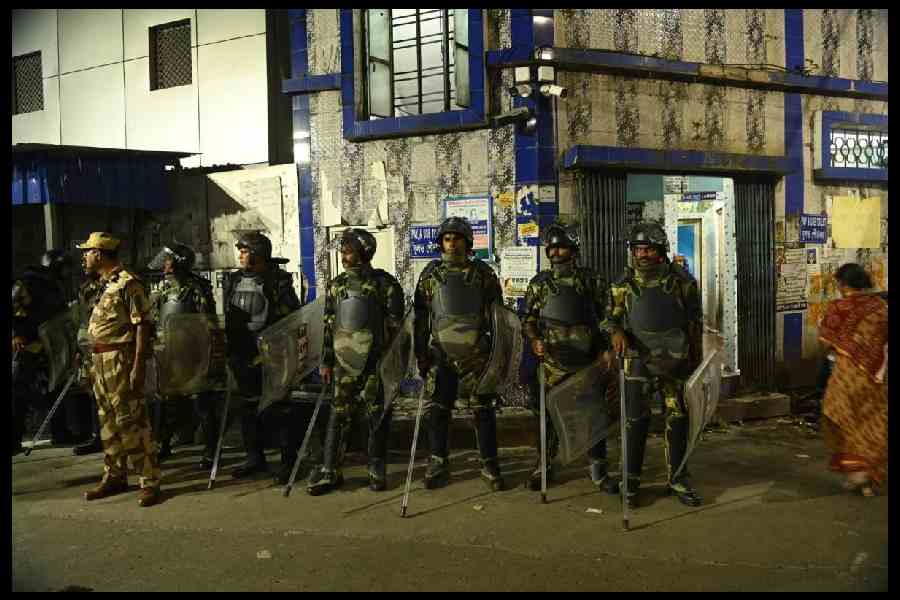
Hailakandi, April 23: The Assam government has launched a three-crop-a-year pilot project with early ahu paddy cultivation in the state to achieve self-sufficiency in rice production under its pilot project, Bringing Green Revolution to Eastern India, a sub-scheme of Rashtriya Krishi Vikas Yojana.
The government has targeted 500 bighas of land in each of the 126 Assembly constituencies of the state for an early ahu season. Generally, two farmers cultivate on one hectare of land to produce as estimated 5 tonnes of paddy.
Senior agriculture development officer in Hailakandi, A.R. Ahmed, said for early ahu cultivation, some factors need to be kept in mind, including water source with irrigation facilities.
Usually, sali paddy is cultivated in June-July and boro in November-December in the state. The government is trying to encourage the farmers to use their land for early ahu during February to June where the land is cultivable. The government is also providing the seeds and bio-pesticides to the farmers for the purpose.
Cachar district agriculture officer Jakir Hussain Choudhury told The Telegraph that Purbashree Farmers' Managing Committee of Khelma has started early ahu plantation in the district. In order to complete a three-crop cycle, ahu cultivation should be started by February-end, he said.
It requires120 to 125 days to harvest early ahu crop, and regular sali crop can follow in June and then the ravi crop can be cultivated.
He said they have targeted ahu cultivation in each Assembly constituency of the district but some problem or the other has hindered implementation.
Choudhury said this is extremely beneficial and the farmers would benefit on a large scale if cultivated properly and would yield much better results than other crops. According to him, the practice should be encouraged, as ahu's yield is much more than other crops. The officer said farmers have been encouraged to cultivate ahu crop on land in south Syedpur under Sonai circle that remained fallow from January to June. Cultivation has started this year.
"Our main target is to utilise the fallow land of farmers throughout the year so that they can benefit financially and also increase food production as desired by the Prime Minister by 2022," he said.
Choudhury said a series of motivational camps was organised in the villages before starting early ahu cultivation. He said all modern techniques of farming are being utilised for the purpose.
Water is the major problem during this time in Barak Valley. Choudhury said without assured irrigation it is impossible to cultivate as the valley is a rain-fed area. The tubewell and deep water sources do not serve irrigation purposes and farmers are dependent on surface water.
Of Cachar's total land area of 3,77,610 hectares, cultivable area is 1,83,225 hectares.
Mohsin Ali, a farmer in the district, said they are ready to cultivate in all seasons but water is not available during the off-season. Ali alleged that the irrigation schemes are not at all functional here and this is major hurdle in using land throughout the year.










